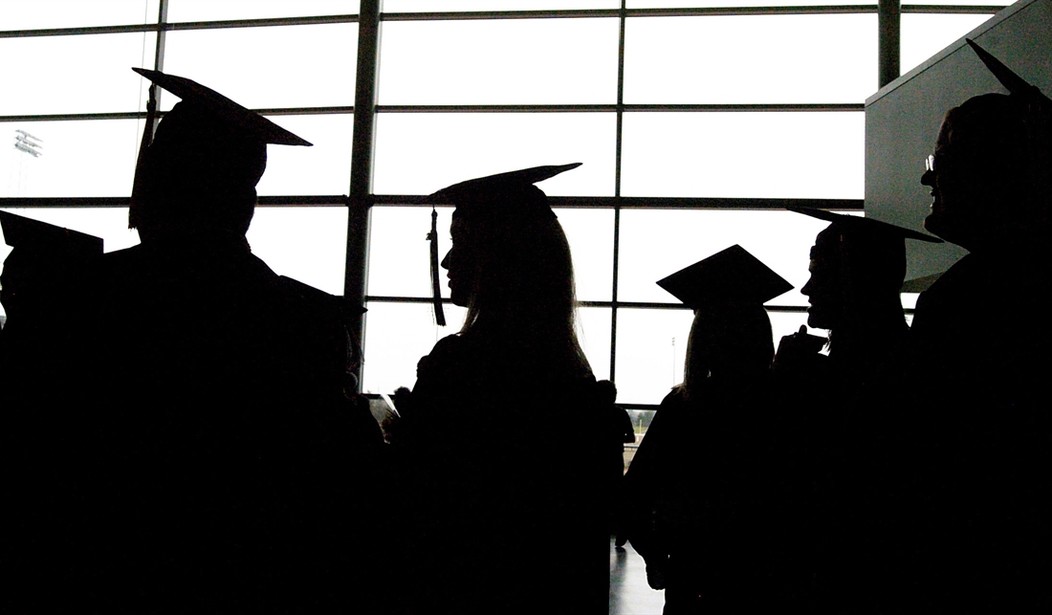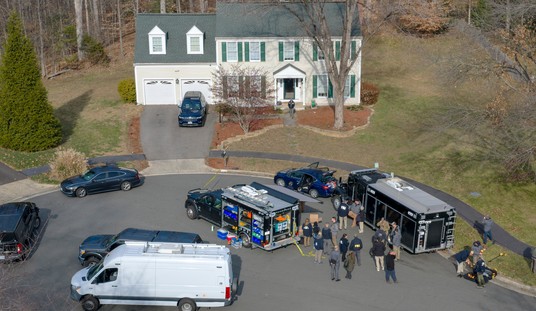After a nearly four-year moratorium on student loan repayments, the government restarted the program in October. The results were about as you would expect.
More than 40% of debtors didn't make their first payment, according to the Department of Education. That's a much higher rate of missing payments than during October of 2019. Just 26% of borrowers didn't make a payment then.
The Education Department chose to look on the bright side.
“While most borrowers have already made their first payment, others will need more time,” James Kvaal, the undersecretary of education, said in a blog post explaining the new data on Friday. “Some are confused or overwhelmed about their options. We want to make sure borrowers know that our top priority is to support student loan borrowers as they return to repayment.”
Also, some are surely hoping that they won't have to pay a dime given the administration's efforts to end $1 trillion in student loan debt. Biden is trying to come up with a scheme to get rid of the debt owed by about 22 million borrowers.
The data shows that millions of borrowers are taking advantage of the flexibility that the Biden administration has offered to student loan borrowers, which some officials refer to as the “on-ramp” to repayment.
Fortunately, the borrowers won't be reported to credit bureaus for being delinquent until September of next year. Biden is pulling out all the stops to get college-educated voters to vote for him.
Those forbearance policies mean that most federal student loan borrowers will not be deemed delinquent on their debts, even if they don’t pay, until the end of 2024, several months after the presidential election. Borrowers would not default on their debts until fall 2025 at the earliest.
The latest figures released by the Education Department do not include borrowers who did not owe a payment in October because they were still in school, in a grace period or had another type of deferment or forbearance. In total, roughly 45 million Americans owe federal student loans that total more than $1.6 trillion.
Some borrowers were granted forgiveness due to billing errors and other loan servicing errors that the Education Department previously disclosed.
But Biden is not going to stop until every borrower gets off without paying. That is, until the next round of student debt begins to crush borrowers.
Borrowers and consumer advocates say the reasons so many people aren’t paying run the gamut from administrative delays — typically caused by backlogs at the four loan servicers hired by the government to collect payments and guide borrowers through their repayment options — to an inability to afford the bill.
The incredible part of this taxpayer black hole is that the Democrats and Biden are going to run up another $1 trillion in debt just as fast as they possibly can. And then, they'll come crying to the taxpayer saying it wasn't anyone's fault.










Join the conversation as a VIP Member